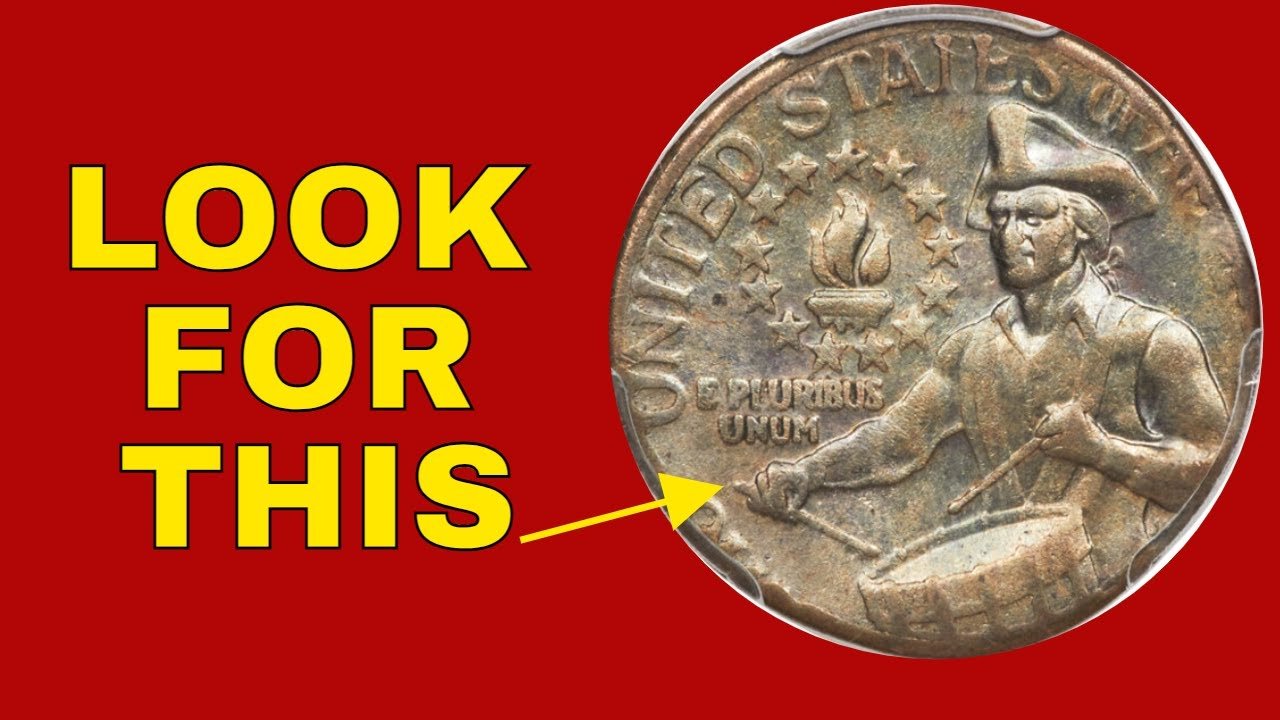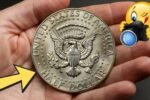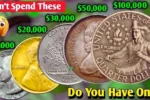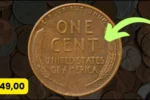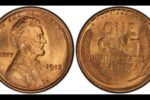The Rare: In the ever-evolving world of coin collecting, tales of rare finds and astronomical values often surface — and few stories have captured the public’s imagination like that of the so-called “Bicentennial Quarter” allegedly worth $2.5 billion. This incredible claim has been making rounds on social media and in numismatic circles, sparking curiosity, skepticism, and even coin hunts among enthusiasts. But is there any truth behind this sensational story? Let’s separate fact from fiction.
The Bicentennial Quarter: A Brief Overview
The Bicentennial Quarter was issued by the United States Mint in 1975 and 1976 to commemorate the 200th anniversary of American independence. These quarters feature a distinctive reverse design by Jack L. Ahr, depicting a Colonial drummer and a torch encircled by 13 stars, representing the original colonies. Unlike standard quarters, these coins bear the dual date “1776–1976” and were produced in massive quantities — over 1.6 billion were struck across various mints.
These coins were not rare at all by typical standards, and most examples today are only worth their face value in circulation, or slightly more if in mint or uncirculated condition.
The $2.5 Billion Myth
So where does the eye-popping $2.5 billion valuation come from?
The origin of this claim appears to be a blend of misinformation and internet hoaxes. Some articles and videos have exaggerated the potential value of rare error coins or misunderstood private sales and collector quirks, suggesting that one Bicentennial Quarter is so rare and desirable that it could be worth billions.
In truth, no Bicentennial Quarter has ever been valued — or sold — for anything remotely close to that amount. The most valuable examples may include rare minting errors (such as double strikes, off-center strikes, or wrong planchet errors), and these might fetch a few thousand dollars at auction. Even those are exceedingly rare.
Coins That Are Valuable
While the $2.5 billion figure is pure fiction, some Bicentennial Quarters do hold significant value among collectors:
-
Proof and Silver Sets: The U.S. Mint issued special collector’s versions in 40% silver, which can be worth $10–$25 or more depending on condition.
-
Error Coins: Quarters with unusual minting errors or anomalies — such as being struck on the wrong metal planchet — can sell for several hundred to a few thousand dollars at auction.
-
High-Grade Coins: Uncirculated coins with perfect grading from professional services like PCGS or NGC can command premium prices.
Still in Circulation?
Yes, Bicentennial Quarters remain in circulation to this day. Since over a billion were minted, it’s still quite common to find them in pocket change. While finding one might not change your life financially, it can still be a neat discovery — and a reminder of a significant moment in U.S. history.
Final Thoughts
The tale of a $2.5 billion Bicentennial Quarter is a fascinating mix of hype and hoax. While the reality doesn’t include billion-dollar payouts, it does remind us of the enduring appeal of coin collecting and the excitement of finding hidden treasures. If you stumble across a 1776–1976 quarter, consider it a piece of Americana — but don’t expect to retire off of it just yet.
Pro tip: If you believe you’ve found a rare or error coin, have it evaluated by a professional coin grading service. Who knows? It may not be worth billions, but it could still be a valuable addition to your collection.
FAQs: The Rare Bicentennial Quarter Valued at $2.5 Billion, Still in Circulation
1. Is the $2.5 billion quarter real?
No, that’s a myth. No Bicentennial Quarter is worth anywhere near that amount.
2. Are any Bicentennial Quarters valuable?
Yes, rare error versions or high-grade silver proofs can be worth hundreds or thousands.
3. Can I still find them in circulation?
Yes, they were widely minted and still appear in pocket change today.
